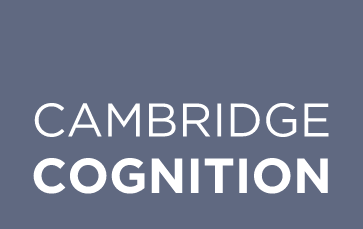Publications & posters
11 January 2023
CANTAB Mobile: experience of use of a digital memory screening tool in primary care
Early identification of memory complaints in clinical settings can aid identification of deficits, or reassurance, and can support care planning and management. CANTAB Mobile combines a sensitive touchscreen memory test, with a depression screen to differentiate symptoms in patients aged 50 to 90 years.
Here we describe the results, presented at AAIC 2018, of an audit of use of this device in primary care, describing reasons for seeking testing, results and post-test routes to referral.
Methods
CANTAB Mobile was used to administer the CANTAB Paired Associates Learning (PAL) test, an adaptive test of visuospatial memory and two optional questionnaires, the Geriatric Depression Scale (GDS-15) and activities of daily living.
Data were obtained from 913 patients, tested between 2012 and 2017.
Scores on the Paired Associates Learning (PAL) test were automatically compared to large normative database and adjusted for age, education and gender. On the basis of this comparison, patients were categorized as having a clinically relevant memory deficit (red), being in the borderline range (amber) or having memory in the normal range (green).
Results
Data were analysed from the subset of 892 patients where data on CANTAB Mobile outcome was available. Data were available for the majority of patients following a red CANTAB outcome, of whom just over half were referred for a secondary care assessment. In these patients, dementia or mild cognitive impairment (MCI) was seen in 64.5% of cases. A range of other issues were diagnosed in a further 26.7% of patients, with 13.5% being discharged back to primary care monitoring without diagnosis.
These data illustrate both the need for these objective memory assessments and their outcomes in identifying neurodegenerative, neurological and reversible causes of cognitive difficulties.
Interested in learning more about the use of CANTAB Mobile as a digital memory screening tool in primary care? Download the full poster.

